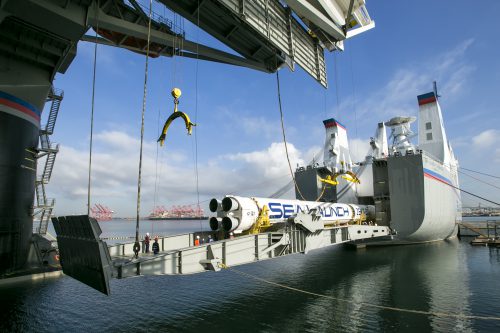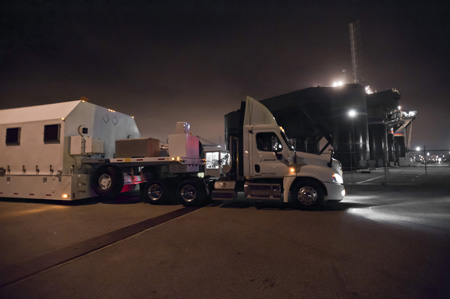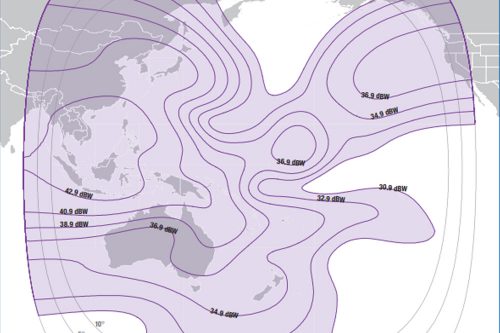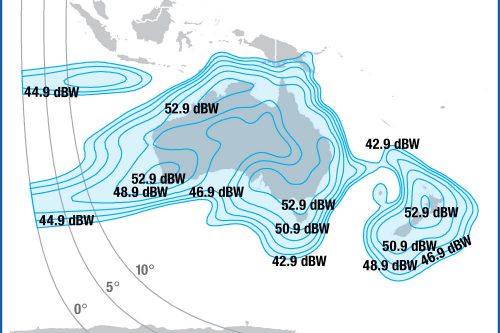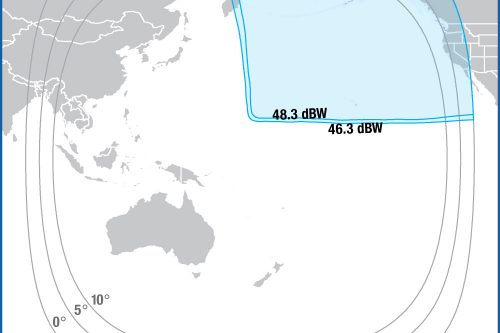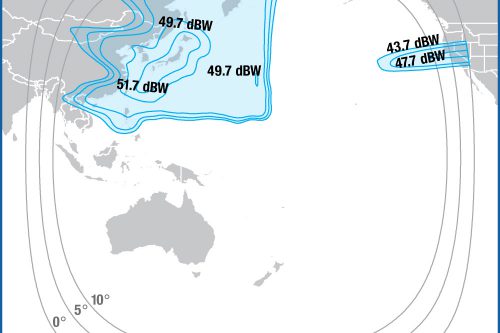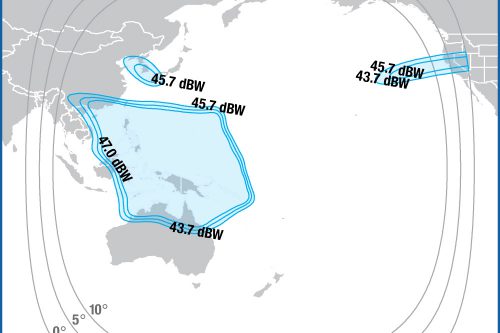
Back to selection
GEO Satellite
Intelsat-19 (IS-19) GEO
succesfull
Launch date
1 June 2012
Dedicated Mission
Country

Purpose
Communication
Position
166° East
Manufacturer
Operator
Launch operator
Launch vehicle
Zenit 3SL
Expected lifetime
18 Years

Regions
Asia Pacific Region
Oceania Region
In June 2009 satellite operator Intelsat ordered the Intelsat-19 and Intelsat-20 satellites with Space Systems/Loral (SS/L). The satellites will be based on SS/L’s SL-1300 platform and are designed to provide service for at least 18 years. The two satellites will be among the most powerful FSS satellites ever built with unprecedented capacity to provide services for broadband, video, and voice applications. Intelsat-19 and Intelsat-20 will replace existing satellites that currently provide services to five continents and will offer services for broadcast television and telecommunications. The satellites also will have the capacity to support mobile communications and higher data rate network services.
Intelsat-19 was the 36th satellite that SS/L provided to Intelsat and would replace the Intelsat-8 satellite, which are co-located at 166° East longitude. Intelsat-19 carries 24 C-band and 36 Ku-band transponders. The C-band payload covers the Asia-Pacific region while the Ku-band transponders provide DTH-television to Australia. The satellite is expected to operate for 15 years.
Intelsat-19 satellite was successfully launched on June 1st, 2012 on a Zenit-3SL launcher from the Odyssey launch platform operated by launch operator Sea Launch.
GEO Satellite
Intelsat-19 (IS-19)
succesfull
GEO Satellite
Intelsat-19 (IS-19)
succesfull
